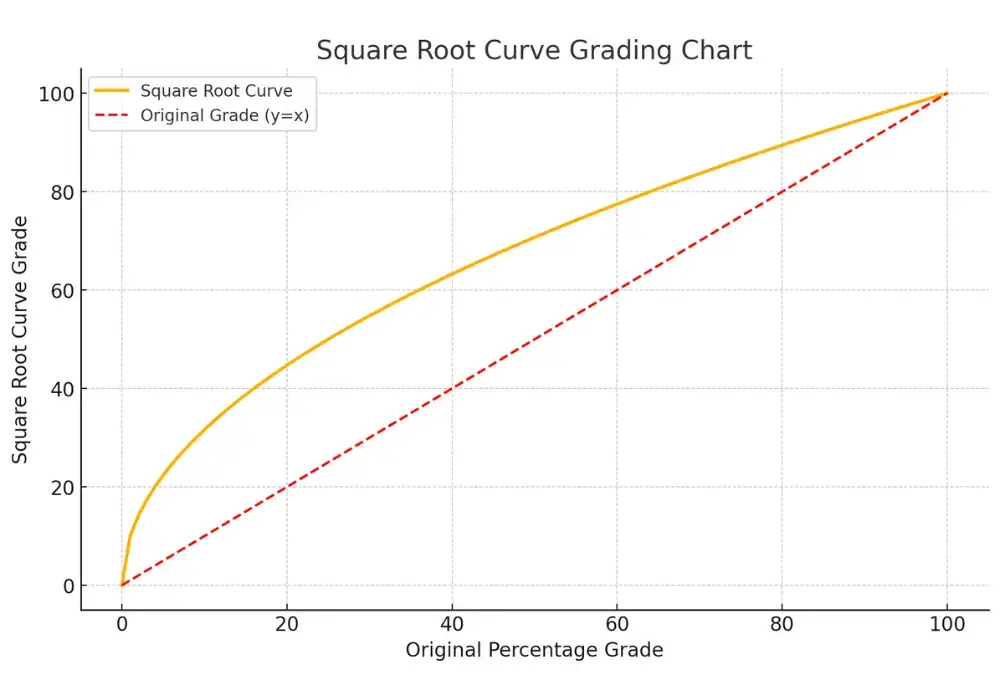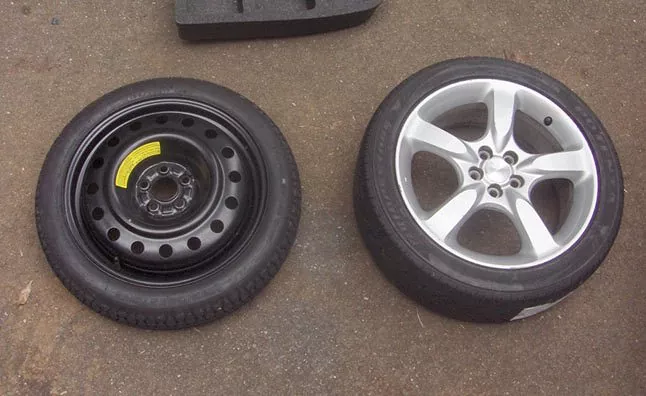Mathematics is full of fascinating patterns, and one of the simplest yet most useful is the square root curve. From basic algebra to complex real-world applications in physics, finance, and engineering, this curve shows up more often than many people realize. If you’ve ever wondered why a graph shaped like a square root function grows quickly at first and then slows down, this article will give you the clarity you need.
What is a Square Root Curve?
At its core, the square root curve comes from the function:
y=xy = \sqrt{x}y=x
This means the output (y) is the square root of the input (x). It only makes sense for x ≥ 0, because the square root of a negative number isn’t a real number.
Key features of the square root function:
- Starts at the origin (0,0).
- Always produces non-negative values.
- Grows rapidly at first, then more slowly as x increases.
Think of it like climbing a steep hill that gradually levels out. At the start, your elevation shoots up quickly, but the higher you go, the slope flattens. That’s exactly how the square root curve behaves.
Graph of the Square Root Function
Shape and Behavior of the Square Root Curve
The graph of y=xy = \sqrt{x}y=x starts at the origin and curves upward, moving to the right. Unlike a straight line, it never decreases, and unlike a parabola, it doesn’t shoot upward dramatically. Instead, it grows in a smooth arc.
Domain and Range Explained
- Domain: x ≥ 0 (you can only input non-negative numbers).
- Range: y ≥ 0 (outputs are always positive or zero).
This makes sense because no negative number squared gives you a positive, so the reverse (square root) can’t handle negatives in real numbers.
Symmetry and Transformation
The square root curve is the inverse of the quadratic function y=x2y = x^2y=x2. If you flip a parabola over the line y = x, you’ll get the square root curve.
You can also stretch, shift, or reflect the curve. For example:
- y=x+2y = \sqrt{x} + 2y=x+2 moves the curve up.
- y=x−3y = \sqrt{x – 3}y=x−3 shifts it right.
- y=−xy = -\sqrt{x}y=−x flips it downward.
Mathematical Properties of the Square Root Curve
Mathematicians love the square root curve because it has neat properties:
- Continuous: No breaks or gaps.
- Monotonic: Always increasing, never decreasing.
- Concave down: It bends toward the x-axis.
- Limiting behavior: As x gets very large, y increases but at a slower rate.
This gradual slowdown is why square root functions are often used to describe situations where growth starts fast but eventually tapers off.
Applications of the Square Root Curve
The square root curve isn’t just an abstract math idea. It appears in countless real-life scenarios.
Use In Mathematics
- Solving quadratic equations (the quadratic formula involves square roots).
- Graphing inverse functions.
- Modeling areas and geometry problems.
In Physics and Engineering
- Motion equations: distance vs. time under constant acceleration.
- Light and sound intensity: both follow inverse-square laws, which involve square roots.
- Signal processing and wave analysis.
In Finance and Economics
- Diminishing returns: The more resources you add, the smaller the benefit becomes, much like how the curve flattens.
- Risk modeling: The volatility of a portfolio often scales with the square root of time.
- Interest rate models: Some stochastic processes use square root functions to predict fluctuations.
Square Root Curve vs. Other Functions
It’s easier to understand the square root curve when you compare it with other functions.
| Function | Equation | Growth Pattern | Graph Shape | Domain |
| Linear | y = x | Constant growth | Straight line | All real x |
| Quadratic | y = x² | Slow start, then very steep growth | U-shaped parabola | All real x |
| Square Root | y = √x | Fast start, then levels off | Gentle curve | x ≥ 0 |
| Exponential | y = 2^x | Slow at first, then rapid explosion | Sharp upward curve | All real x |
From this, you can see the square root function is a middle ground—it rises quickly like an exponential but slows down like a linear function eventually.
Real-Life Examples
Here are some situations where the square root curve appears in real life:
- Braking distance of a car – The distance needed to stop increases with the square root of speed.
- Wireless communication – Signal strength decreases with distance, following a square root relationship.
- Economics – Hiring extra workers or adding resources initially boosts production a lot, but eventually, each extra input has less effect.
Case Study: Wireless Networks
When engineers test Wi-Fi routers, they notice signal strength doesn’t drop linearly. Instead, as distance doubles, the signal strength decreases at a slower rate—this behavior follows a square root curve. That’s why moving a little farther from a router doesn’t immediately kill the signal but does make it weaker gradually.
Visualizing
A simple way to see the curve is to plot points.
| x | y = √x |
| 0 | 0 |
| 1 | 1 |
| 4 | 2 |
| 9 | 3 |
| 16 | 4 |
| 25 | 5 |
Plotting these shows the classic upward curve. Online graphing tools like Desmos make it easy to visualize.
Common Misconceptions
Many students and even professionals slip up with square root functions.
- Mistake 1: Trying to plug in negative x-values.
- Mistake 2: Thinking the curve grows endlessly fast—it doesn’t.
- Mistake 3: Confusing it with a quadratic curve (its inverse).
Remember: square root functions grow fast at the beginning but slow down forever.
Why Learning the Square Root Curve Matters
Understanding the square root curve helps you grasp non-linear relationships. In real life, very few things grow in a perfectly straight line. Whether it’s physics, finance, or biology, growth often starts strong and then levels out—exactly the shape of a square root curve.
As Albert Einstein once said:
“Pure mathematics is, in its way, the poetry of logical ideas.”
The square root curve is a perfect example of that poetry—simple, elegant, and deeply connected to the world around us.
Conclusion
The square root curve isn’t just a mathematical curiosity. It’s a practical, powerful function that explains real-world patterns from economics to physics. You now know its properties, graph, applications, and even how it compares to other functions.
Next time you see growth that starts quickly and then slows, you’ll recognize the familiar shape of the square root curve.















Leave a Reply